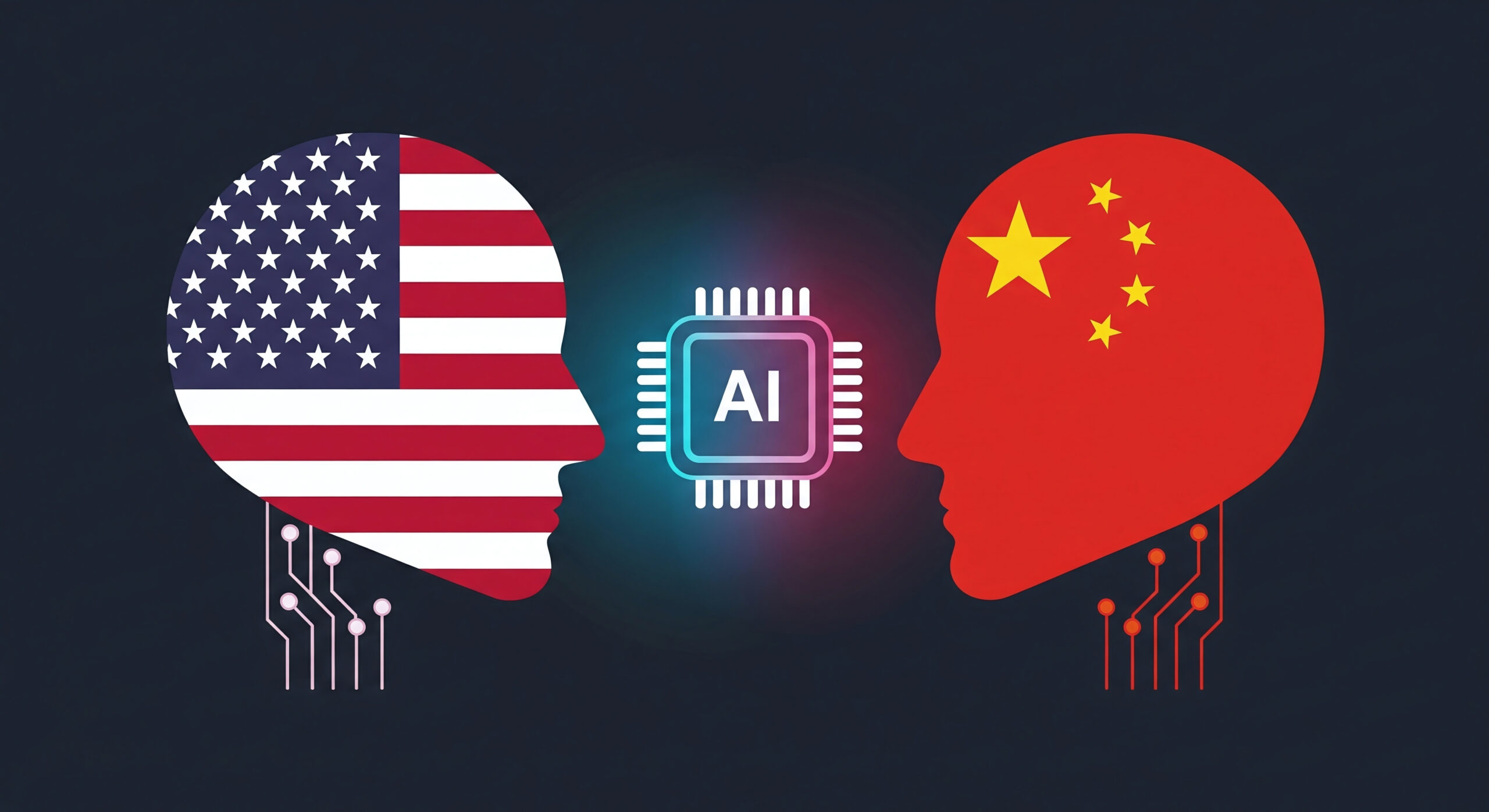Over the centuries in Europe, as rulers went to war, they established the institutions needed to mobilize the money, men and armaments needed to fight. The historian Charles Tilly wrote, ‘War made the state, and the state made war.’ War and its technologies also made nations—and public communications defined who were members of the national community, and who was outside. Modern politics is defined by the formal institutions of state and the informal institutions of communication.
In a typical PowerPoint presentation, the icon for an institution is a classical portico, like a state capitol or an old-fashioned bank. It gives an impression of solidity and formality. But the power of institutions is also how they shape our thinking—what we can think, and what we can’t. This works through control over the public sphere and private communication, and the more subtly and incrementally done, the more effective it is. Rephrase Tilly’s aphorism replacing ‘the state’ with ‘thought institutions’ and we have a window into today’s wars.
States claim a monopoly on legitimate violence, and they legitimize violence through appeal to tradition. Claims to legitimacy for imperial conquest rested on ideologies of racial superiority.
For the colonized people, liberation struggle was readily legitimized, and justifications for violence were at hand.
Throughout the last century, for the British and French in Asia and Africa, followed by the U.S. in Vietnam, most actual wars were against insurgencies. Military theorists tried hard to depict this—known in the trade as COIN—as a friendly kind of war, bringing the benefits of civilization or development to unfortunate people, winning their hearts and mind.
In his book Counterinsurgency, Douglas Porch explodes this myth. He shows how COIN boils down to tactics masquerading as strategy, stripped of anything that would recognize the legitimacy of the insurgents’ political agenda.
“like their imperial predecessors, contemporary COIN-dinistas are basically romantics, whose strategic communications target politics and society at home while they profess to apply paternalistic theories onto biddable populations required to show gratitude for their improved conditions by outing pistoleros, bandits, terrorists, and insurgents in their midst.”
The foundation technology of COIN is the concentration camp. It is the colonial prison taken to scale. It’s the state of exception, or emergency. It administers what people eat and who doesn’t get to eat, it monitors their every movement, their social gatherings, their every communication. The aim isn’t to kill (though that’s always option) but to control life. In reducing inmates to biological beings, entirely dependent on their jailers, it aims to eliminate any political agency.
First used in colonial wars, these techniques were then used against populations back home in Europe.
Late colonial counterinsurgencies also played divide-and-rule, finding local collaborators or mischief-makers, and sponsoring criminal gangs. The minimal credibility that colonial powers could offer to was a promise of flag independence.
Post-colonial COIN, as practiced by the US, promised democracy and development. In Afghanistan the US claimed it was building an effective modern state, but paid bribes to win warlords over to its side. Aid rations, welfare services and development projects didn’t augment a democratic project, they supplanted them. In Afghanistan and Iraq, the US didn’t negotiate with insurgents until too late. The more idealistic members of the COIN-plus-aid team believed they were acting in the best interests of the Afghans, Iraqis, and other unfortunates of the ‘arc of instability’. The less idealistic wanted ‘identity dominance’ to identify and kill off terrorists one by one.
Israel pioneered many COIN techniques. It is the world leader in high-tech security and full-spectrum COIN, tried and tested in the Occupied Palestinian Territories. It’s a booming business, driving the Tel Aviv stock market to record heights. As well as ‘mowing the grass’—the telling phrase used to describe killing each new crop of men it sees as militants—it deprives the targeted people of any political agency, to leave them in a gray zone where they can hardly communicate and can’t organize. Lisa Bungalia calls it ‘asphyxiatory violence.’
It happens through the concrete and steel of walls and barbed wire, through control over rations, and through the checkpoints that people can pass only with ID cards. Much of this can be accomplished without physical force, by financial tracking and interception, and by the controlling communications systems.
Israel may be the market leader but others are deploying these systems: the U.S., China, Europe, the Gulf States.
There’s a cycle whereby dispersed activists and innovators drive creativity in the digisphere, using their skills to create revolutionary moments—the ‘Facebook revolutions’ of 2011 are a famous case. But before long the social media corporations and intelligence services figured out how to re-engineer the platforms and algorithms for control.
Christopher Wylie, the Cambridge Analytica whistleblower, began working for a private security company contracted to develop psychological profiling techniques and utilize social media to counter violent extremism. They identified terrorist influencers and their informational tactics—and then flipped the script, using what they had learned for alt-right insurgency in Britain and America.
In the name of freedom, Cambridge Analytica and its clients exploited digital monopolies to sabotage real human liberty.
Since then, big tech has developed astonishing systems for monitoring, tracking and shaping communication. It has come to dominate Wall Street and exercise huge influence in government. It’s too big to fail. Invisibly at first, the tech corporations have emerged as essential partners in US, European and Israeli surveillance and COIN.
In the age of social media, imagined communities have become fragmented and confused, their membership and collective identities managed by the algorithms of digital media. This happens tactically, through targeted actions, and strategically, through controlling the digital ecosystem that is swallowing the public sphere.
On-the-ground COIN provides individually-targeted rations to some in a population, seeks to starve others, and manages the overall food economy. Digital COIN does the same with informational control. This has happened by stealth.
Recall the underlying goal of COIN, which is to stop people thinking politically by controlling their food, their movement, their gatherings, their communication—and call it ‘hearts and minds.’
One front in World War X is universal COIN. It’s the fight over the societal institution of political thinking: will this be run by a cabal of corporations and government, who call it ‘freedom’?

